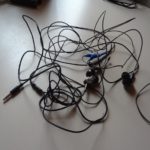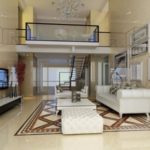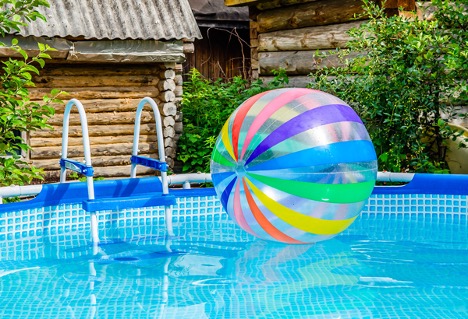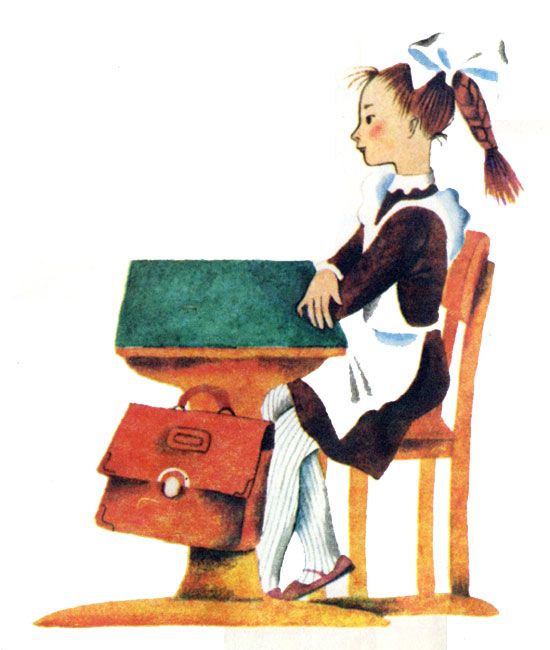School desk size
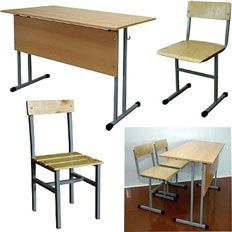 A school desk is not a student’s removable companion for several hours, 5 days a week, so its choice directly determines what the child’s posture will be. The workplace should not only be attractive, but also comfortable and functional, and contribute to the normal learning process. If you choose the wrong furniture, the consequences can be disastrous - poor posture, problems with the spine, blurred vision. What size school desk is optimal and what are the requirements for it?
A school desk is not a student’s removable companion for several hours, 5 days a week, so its choice directly determines what the child’s posture will be. The workplace should not only be attractive, but also comfortable and functional, and contribute to the normal learning process. If you choose the wrong furniture, the consequences can be disastrous - poor posture, problems with the spine, blurred vision. What size school desk is optimal and what are the requirements for it?
The content of the article
Types of school desks
Many people mistakenly believe that school desks are practically no different from each other - in fact, each of them is intended for certain activities. There are ordinary and special student tables (for drawing, drawing, foreign languages, chemistry, etc.) classrooms. In stores you can find 2 types of desks: 1-seater and 2-seater. Structurally they are:
- With a height-adjustable tabletop that can be adjusted depending on the student’s height.
- Non-adjustable, in which the inclination of the tabletop and the overall height are unchanged.
For elementary grades, desks are familiar, which are a monoblock structure - a table is combined with a bench. For young children, this is the best option that helps maintain their health.But the best choice would be a modern orthopedic desk, with which your posture will always be correct, since the tabletop is flexibly adjustable in height and tilt.
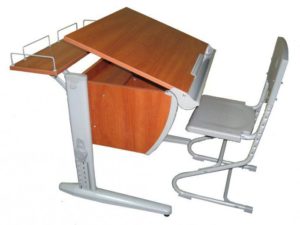
Requirements for furniture
Compliance standards for school tables were developed in the USSR decades ago, however, they cannot be called comfortable. In most cases, it is impossible to adjust the height of the desk and tabletop, which affects the convenience of the lesson - suitable for some children, for others the table is low or high, depending on height. As for the requirements, the furniture must comply with:
- the height and age of the child;
- features of the educational process;
- room area.
In addition, only environmentally friendly materials should be used in the manufacture of school desks; they should be easy to clean and easy to use. The basic conditions are presented in GOST 22046-02 - furniture must undergo certification, as evidenced by special documents. The service life of the table should not be less than 10 years.
Standard student desk sizes
The height of the desk is selected depending on the height of the child, and research results indicate that a difference of 10–15 cm in sitting children does not in any way affect posture. For this reason, the tables produced are divided into 5 groups with a difference of 15 cm in height, so that you can choose the best option for each student:
- A – table height 53–58 cm, permissible height – up to 130 cm.
- B - table height 59–63 cm, permissible height – 130–145 cm.
- B - table height 64–69 cm, permissible height – 145–160 cm.
- D - table height 70–74 cm, permissible height – 160–175 cm.
- D - table height 75–82 cm, permissible height - over 175 cm.
Categories 1 and 2 are intended for primary classes; in secondary classes there should be tables from 3 to 5 categories so that children of different heights can study equally comfortably. In this case, the desks are arranged in ascending order - first category 3, then several 4 and finally 5. The most comfortable adjustable furniture can rarely be found in a school, although it is the best option.
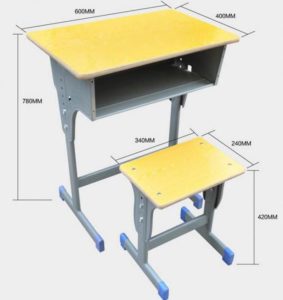
Regulatory Features
The basis for school tables is a metal frame (most often a 25x25 profile pipe with a wall thickness of 1.2 mm). The service life of furniture is significantly extended due to powder coating, which protects it from corrosion. The standard tabletop is made of plywood 6–12 mm thick, chipboard or furniture board. In the latter case, a hypoallergenic colorless varnish is applied to the surface. Table compliance criteria for a healthy and correct positioning of the student:
 The distance between the knees and the bottom of the tabletop should not impede movement. The optimal value is 10-15 cm.
The distance between the knees and the bottom of the tabletop should not impede movement. The optimal value is 10-15 cm.- The elbows are at the same level with the tabletop, while the shoulders are straightened.
- The feet should be firmly on the floor when sitting. The angle between the thigh and shin is 90 degrees.
- There should be no tension in your knees while studying.
You should also make sure that the edge of the desk is flush with the bottom of the child’s chest. In this regard, once again, an adjustable table has an advantage - it can be adjusted as accurately as possible to the individual characteristics of the student and change them as he grows up.
Correct posture
Sedentary activities form a large part of the curriculum, so maximum attention should be paid to proper seating at the table.While sitting, the child's body is in an unstable balance, and a less tiring position in which the muscular effort to maintain it is minimal. This is characteristic of an upright position, when the torso is positioned vertically, since the center of gravity is located above the support points. Greater comfort is achieved by the ability to transfer the center of gravity to a support, for example, to the back.
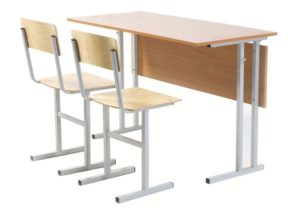 A properly selected desk provides many additional amenities for the student. For example, he can comfortably place his forearms on the table and write - without having to lean or lean forward. In this case, the student will practically not get tired, because all efforts will be spent only on writing, since the hands do not perform a supporting function. The direct position of the head is also the least tiring - in the absence of its tilt, the neck and back do not get tired. Sloping tabletops are the most attractive from the point of view of learning effectiveness, since information that is perceived at a right angle is absorbed best.
A properly selected desk provides many additional amenities for the student. For example, he can comfortably place his forearms on the table and write - without having to lean or lean forward. In this case, the student will practically not get tired, because all efforts will be spent only on writing, since the hands do not perform a supporting function. The direct position of the head is also the least tiring - in the absence of its tilt, the neck and back do not get tired. Sloping tabletops are the most attractive from the point of view of learning effectiveness, since information that is perceived at a right angle is absorbed best.
The abundance of offers on the market makes it possible to choose a desk for a student based on many parameters. In this case, he will not get tired, and classes will be easier for him. In addition, as practice shows, studying at a table in the choice of which the child was directly involved is much more effective.


